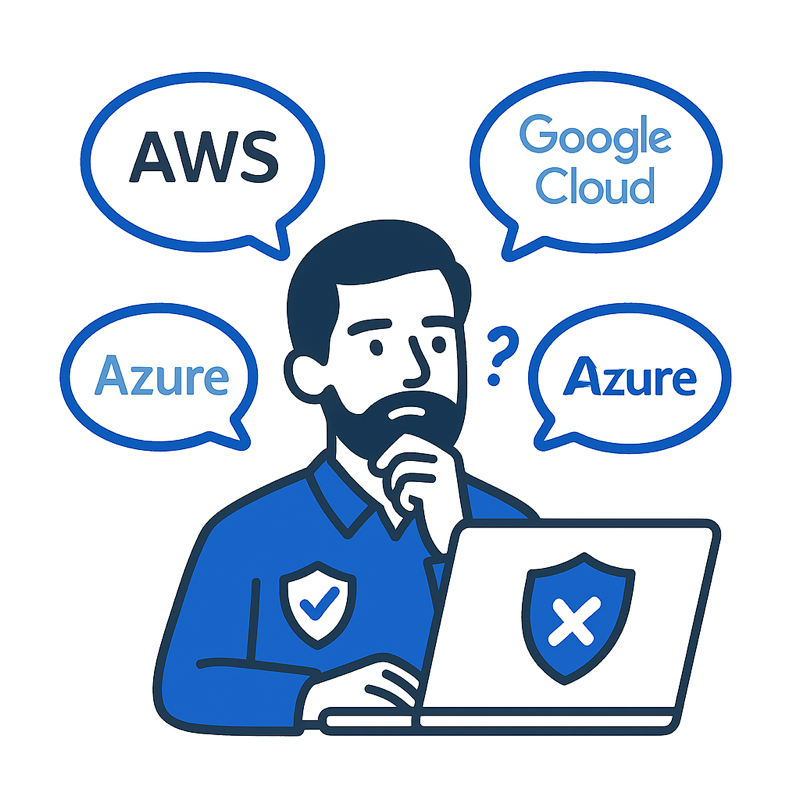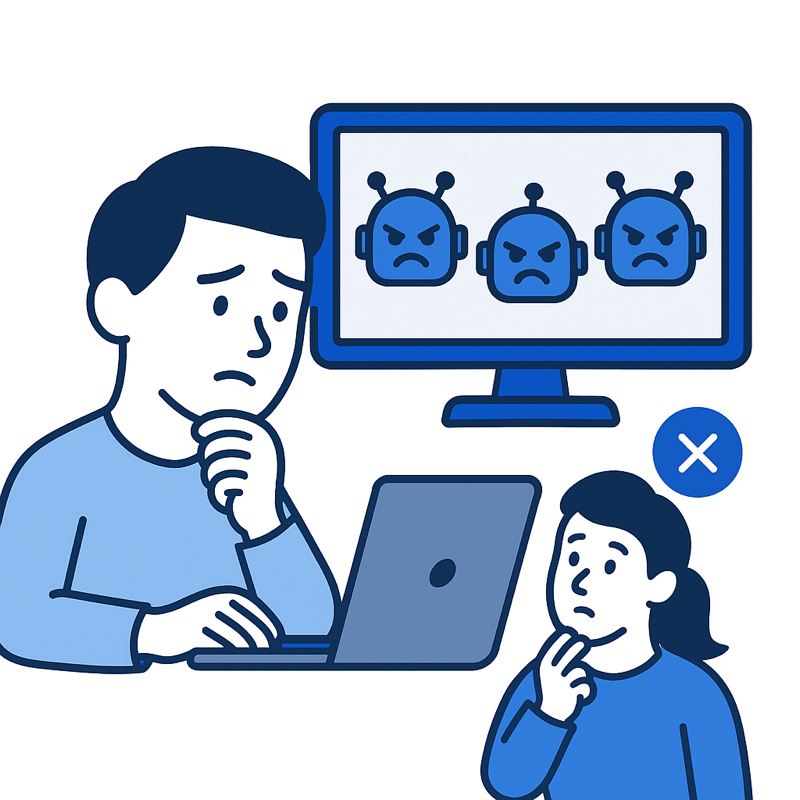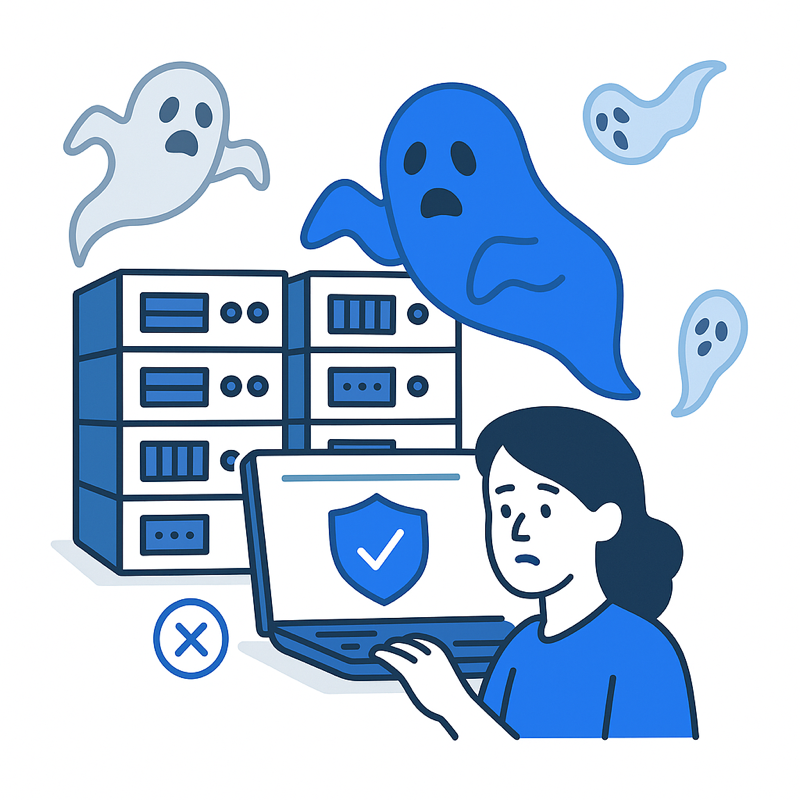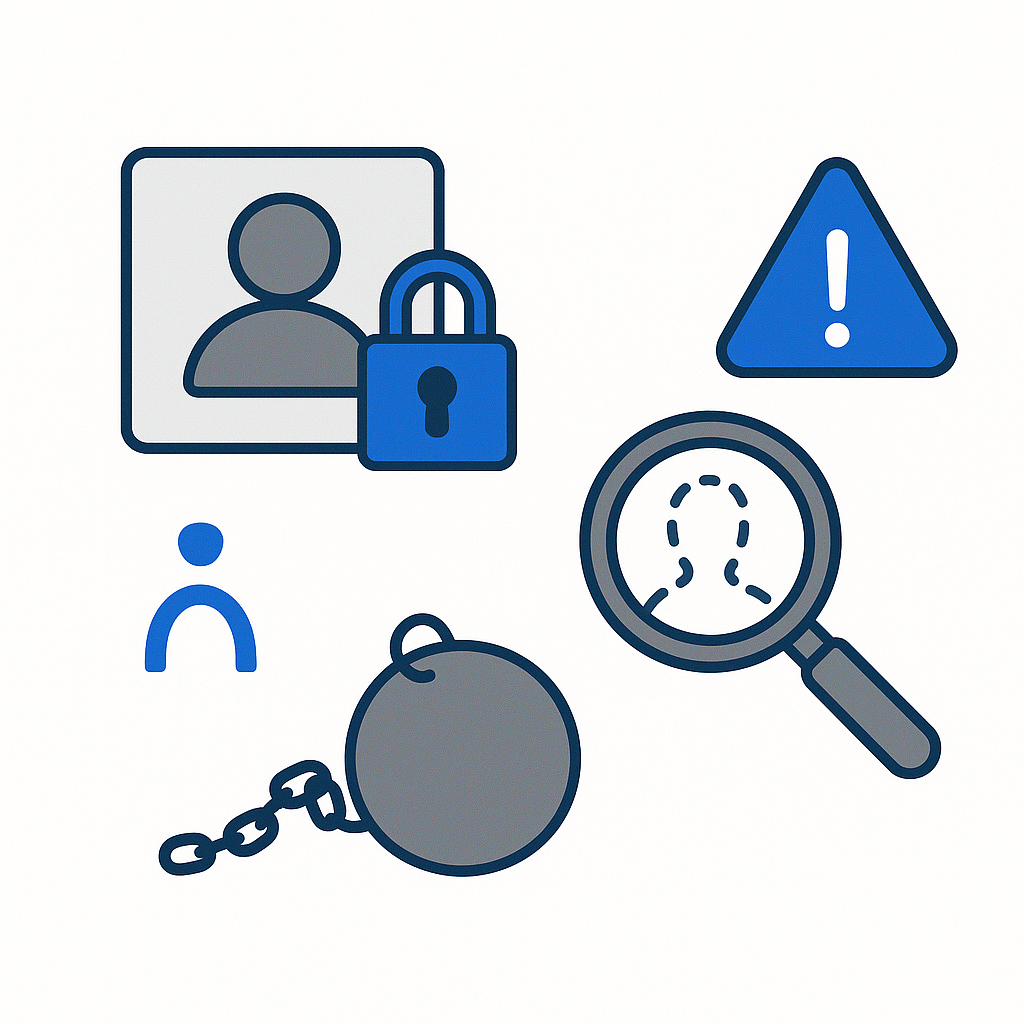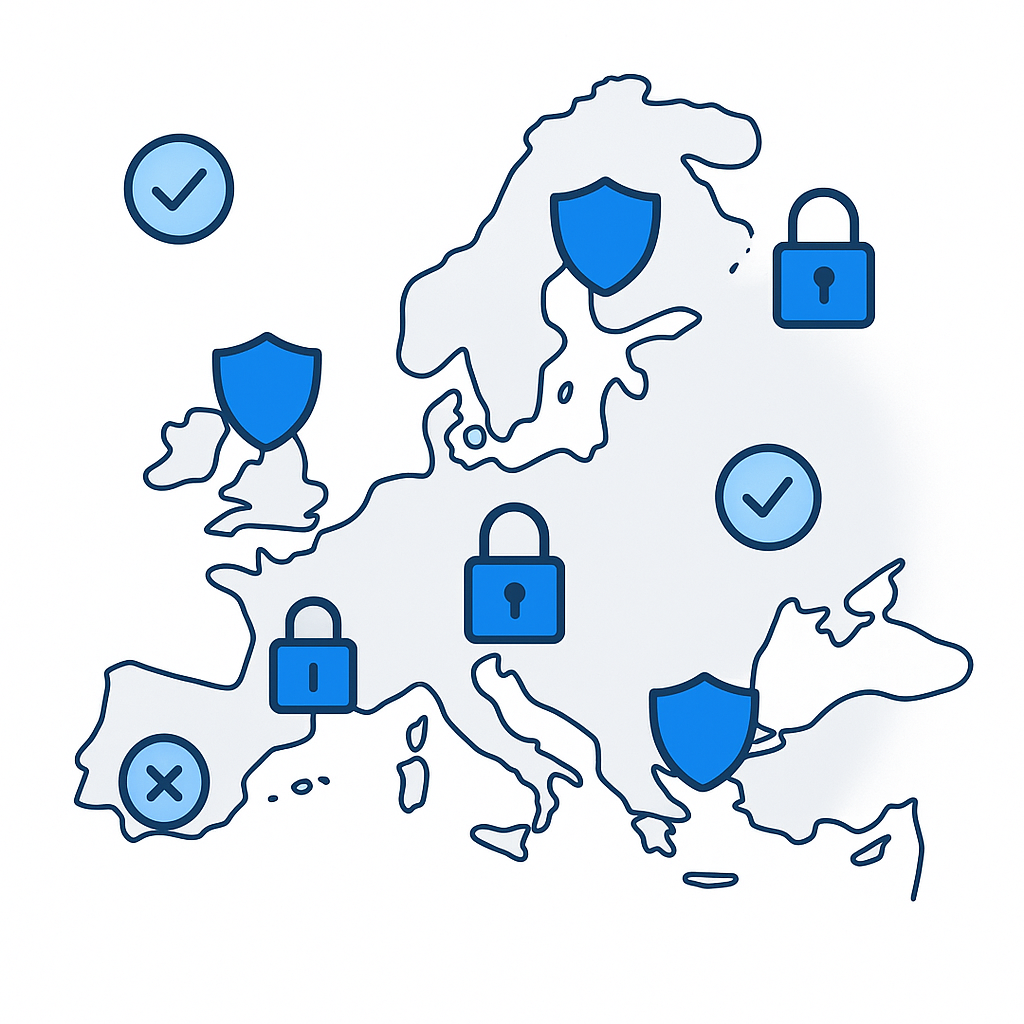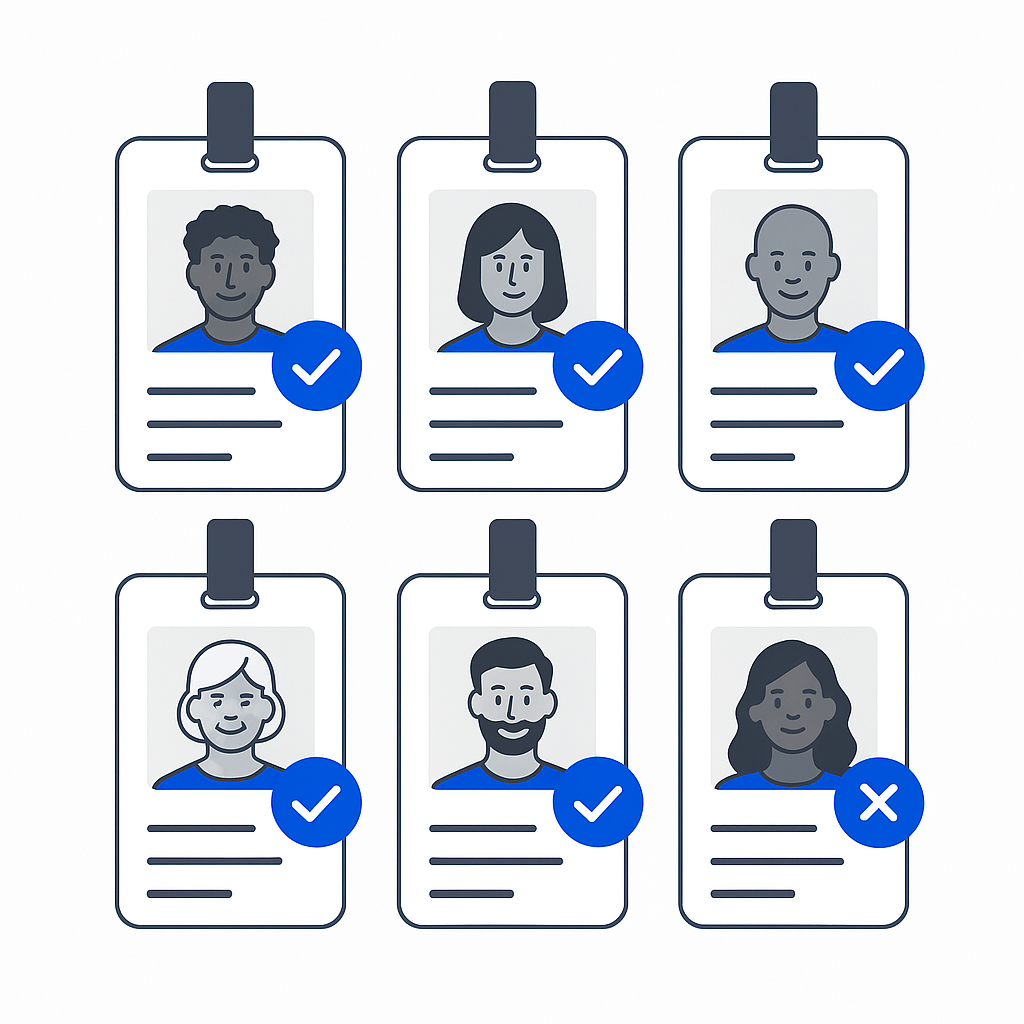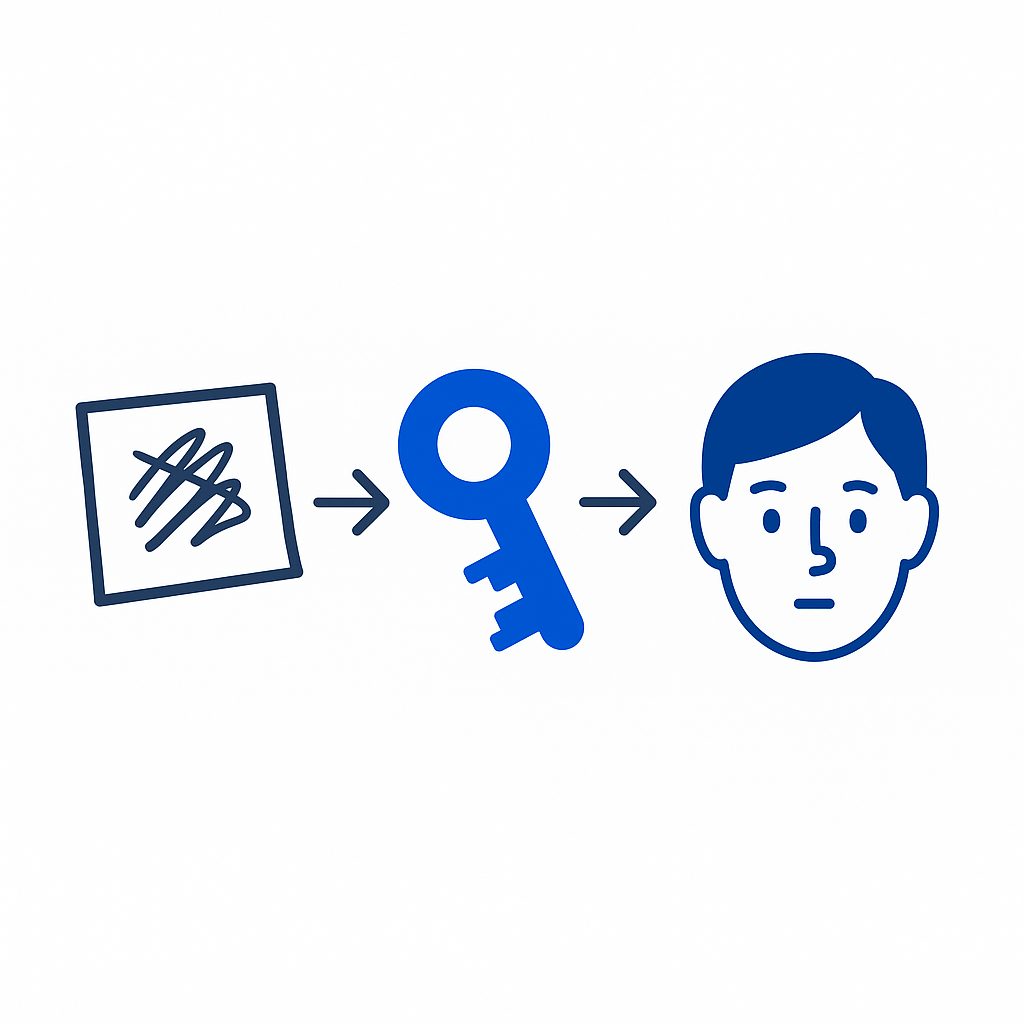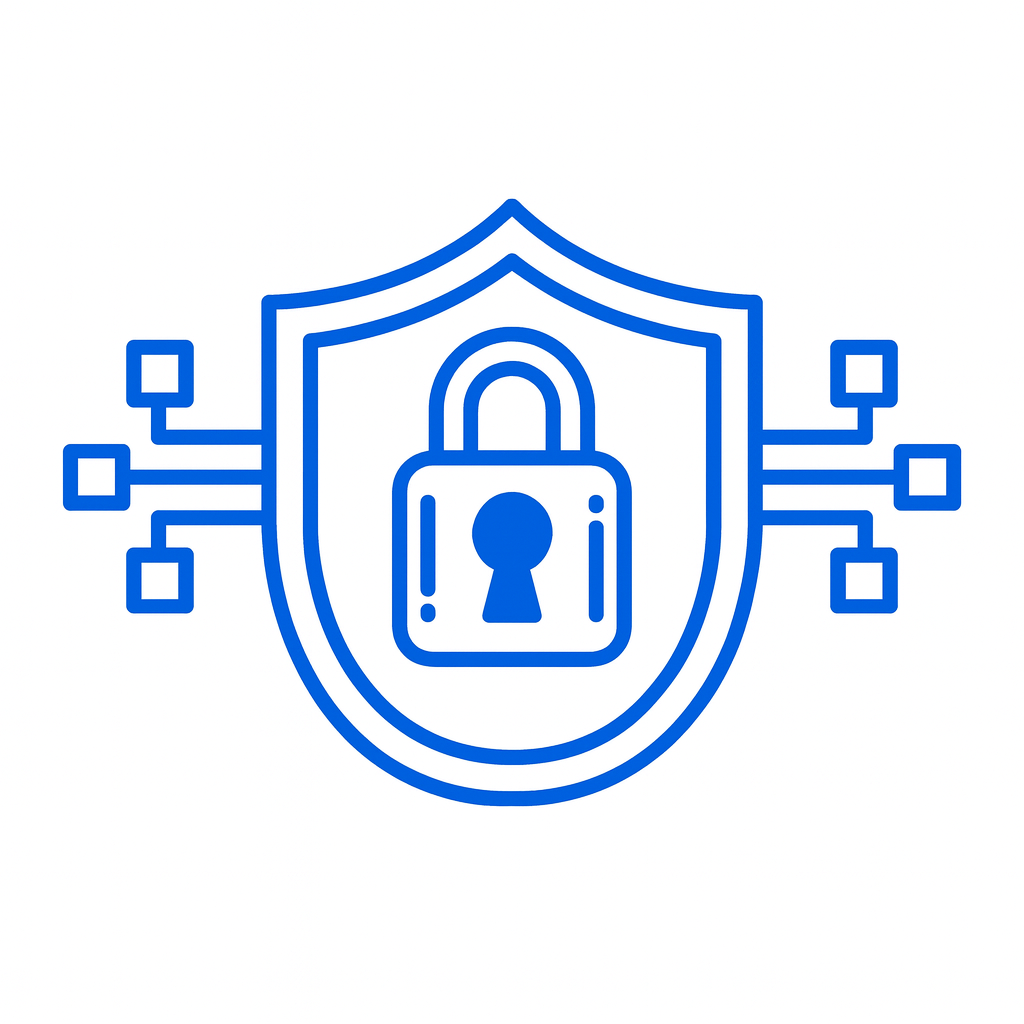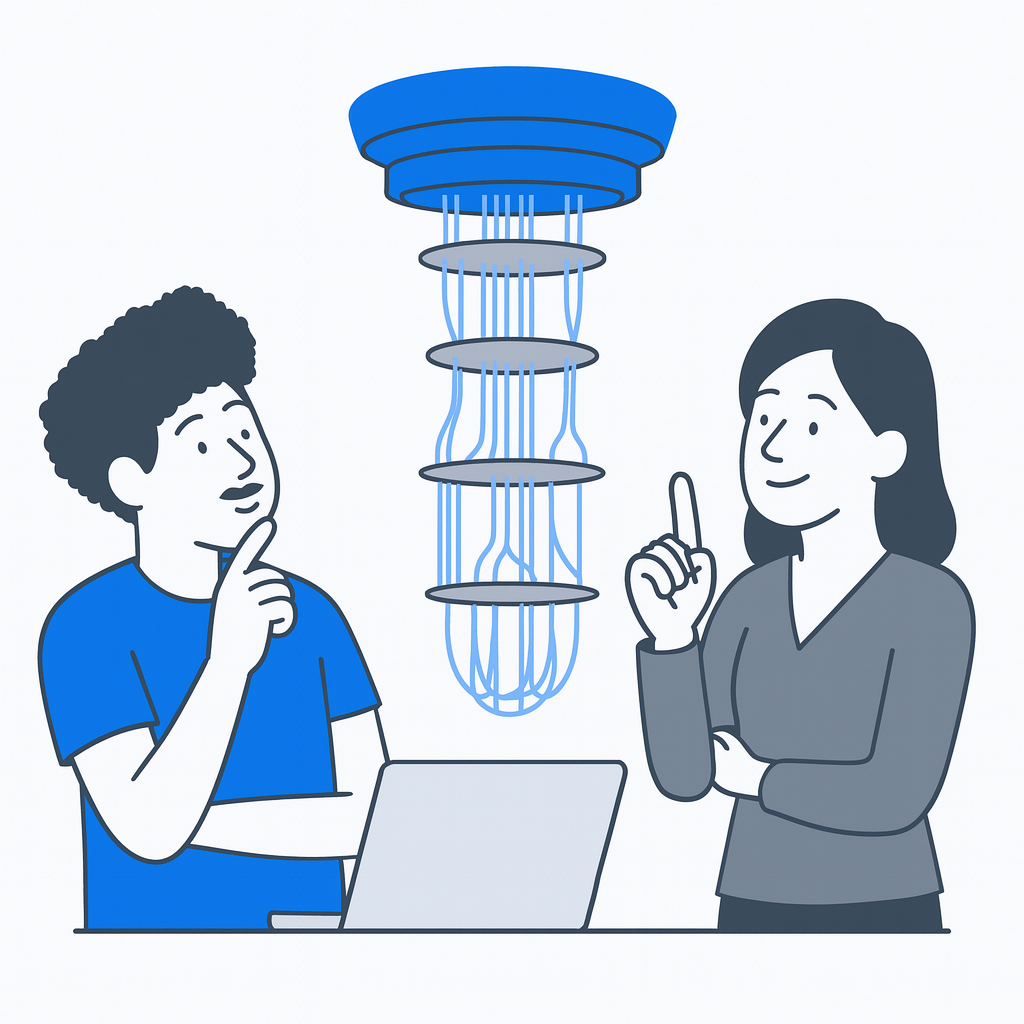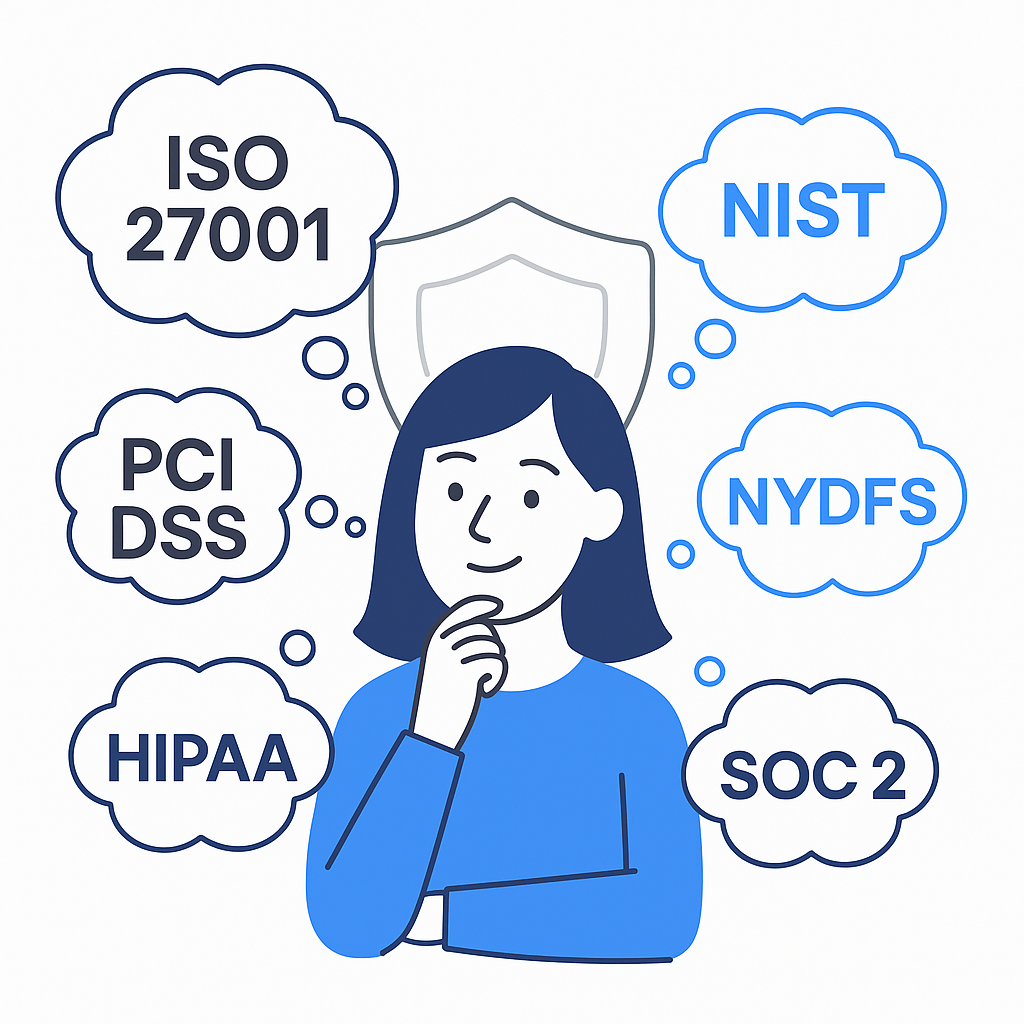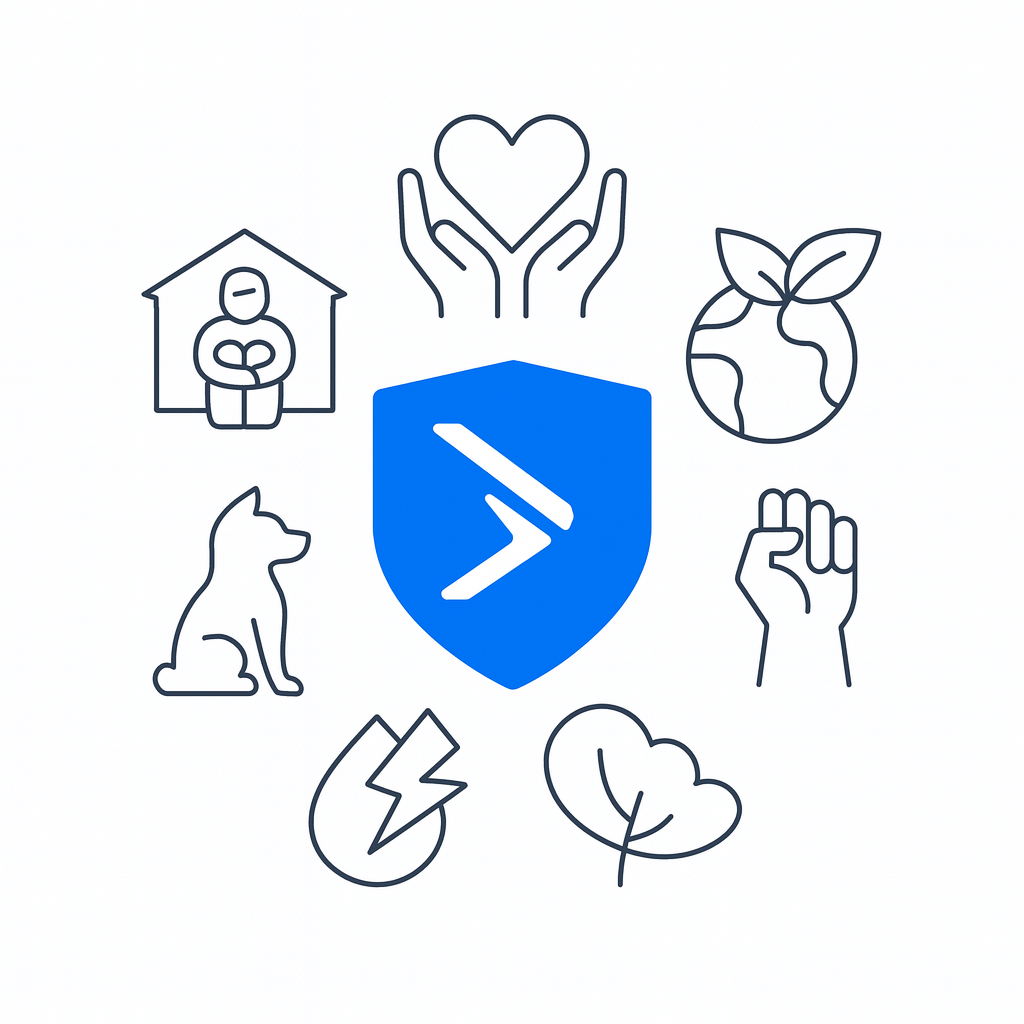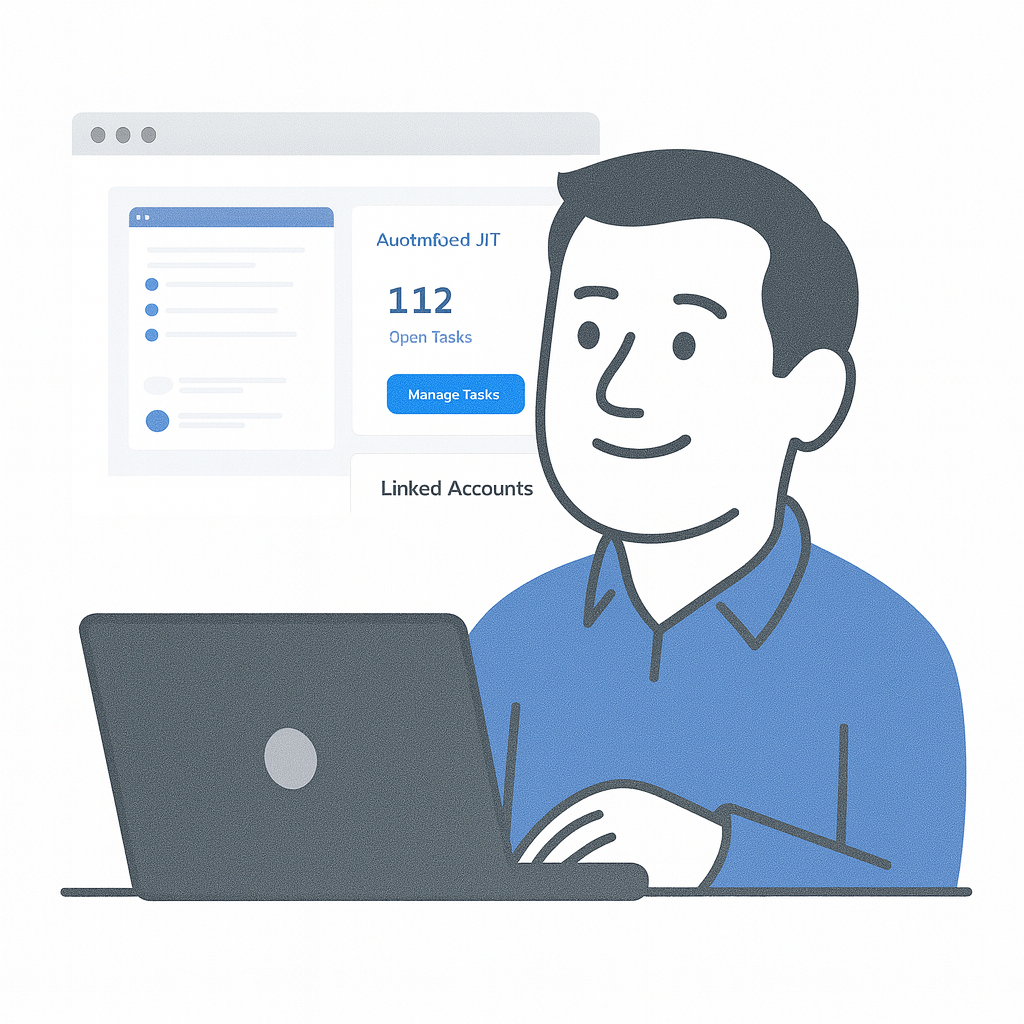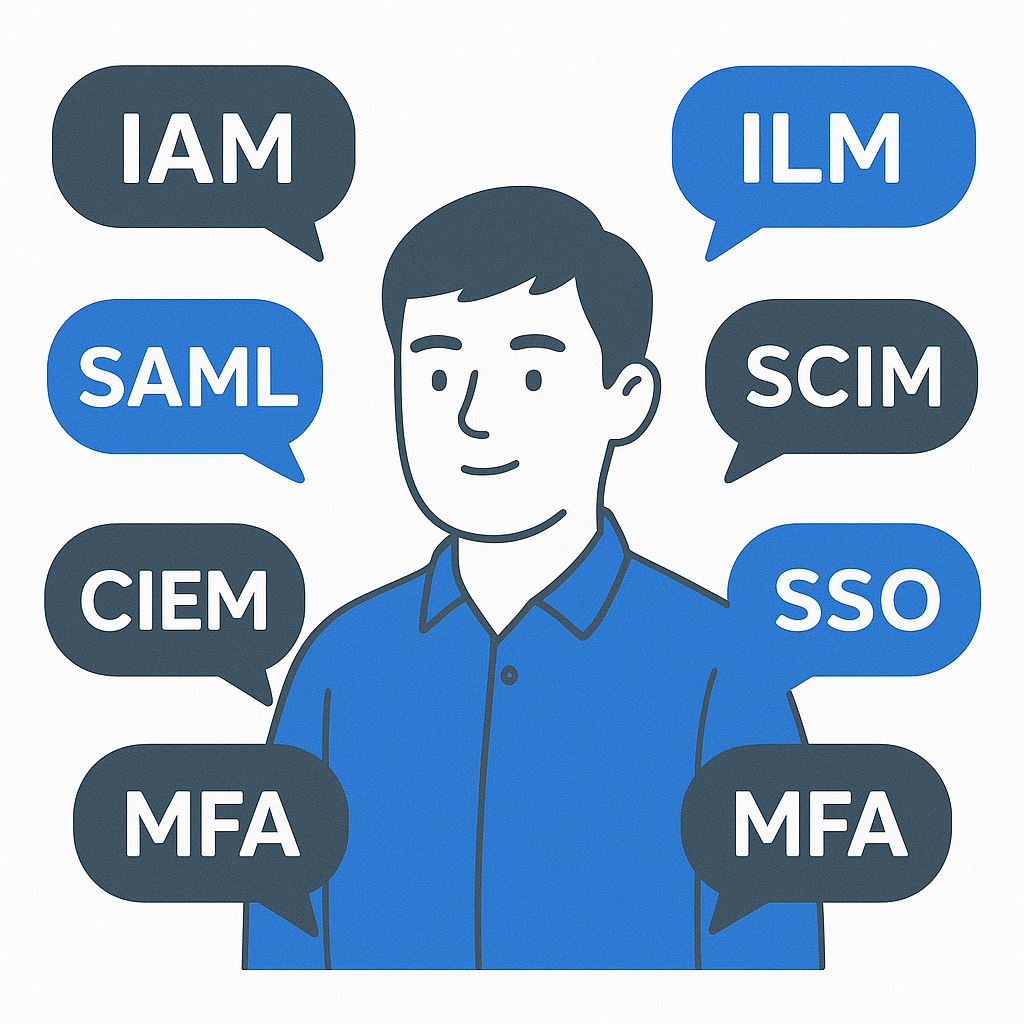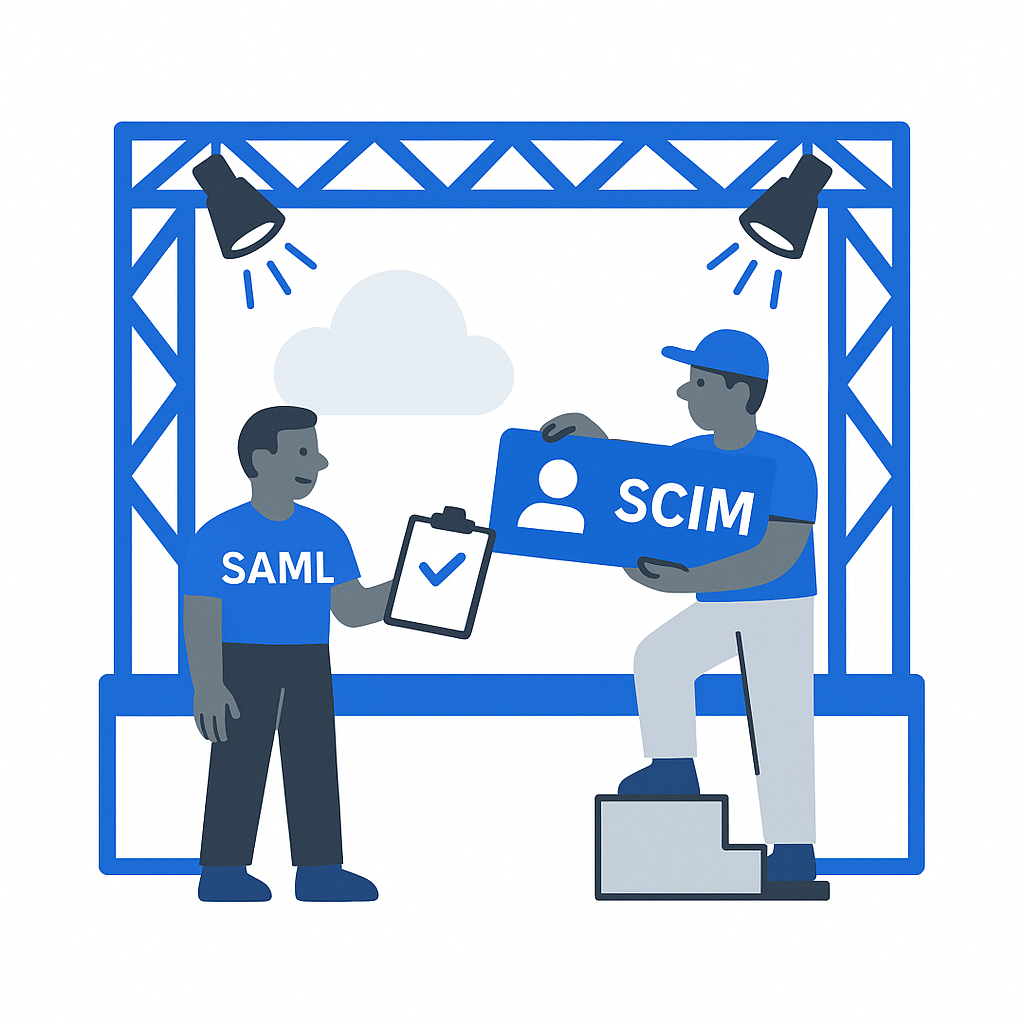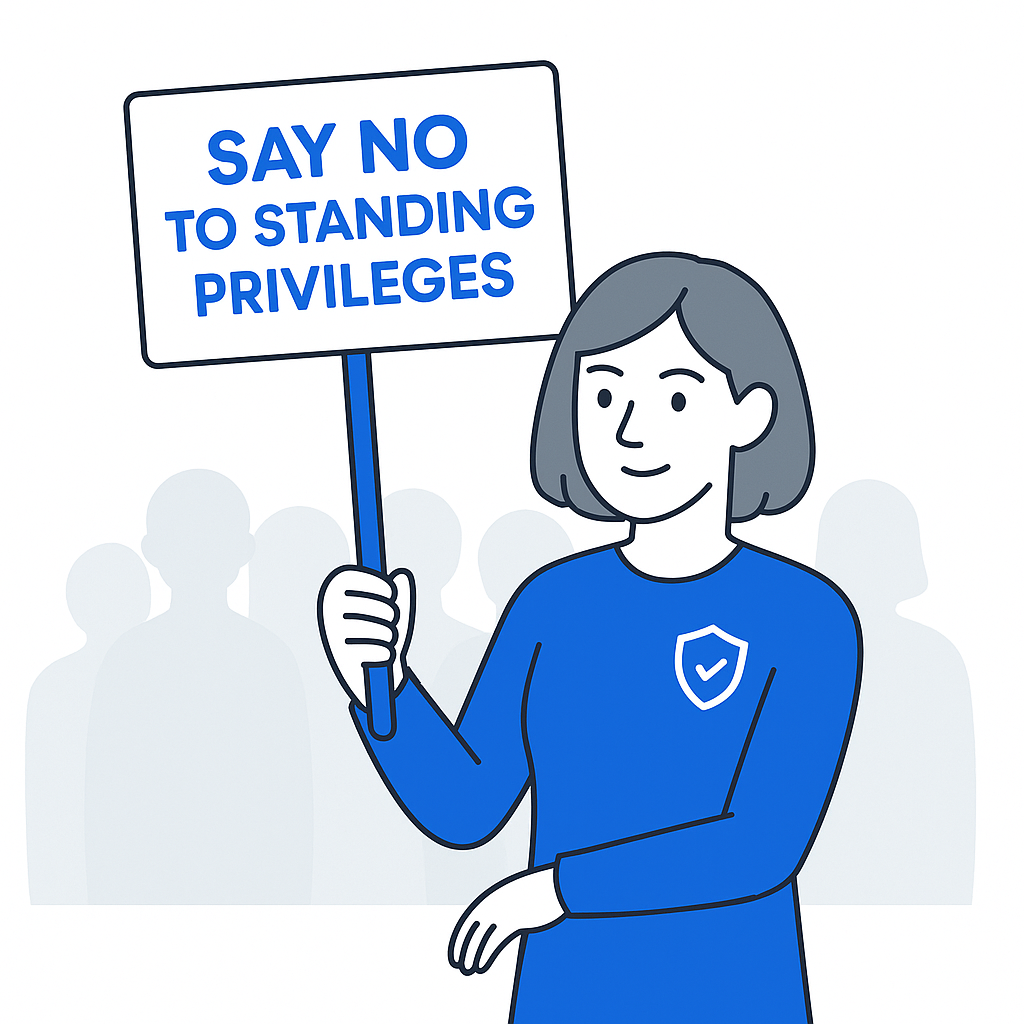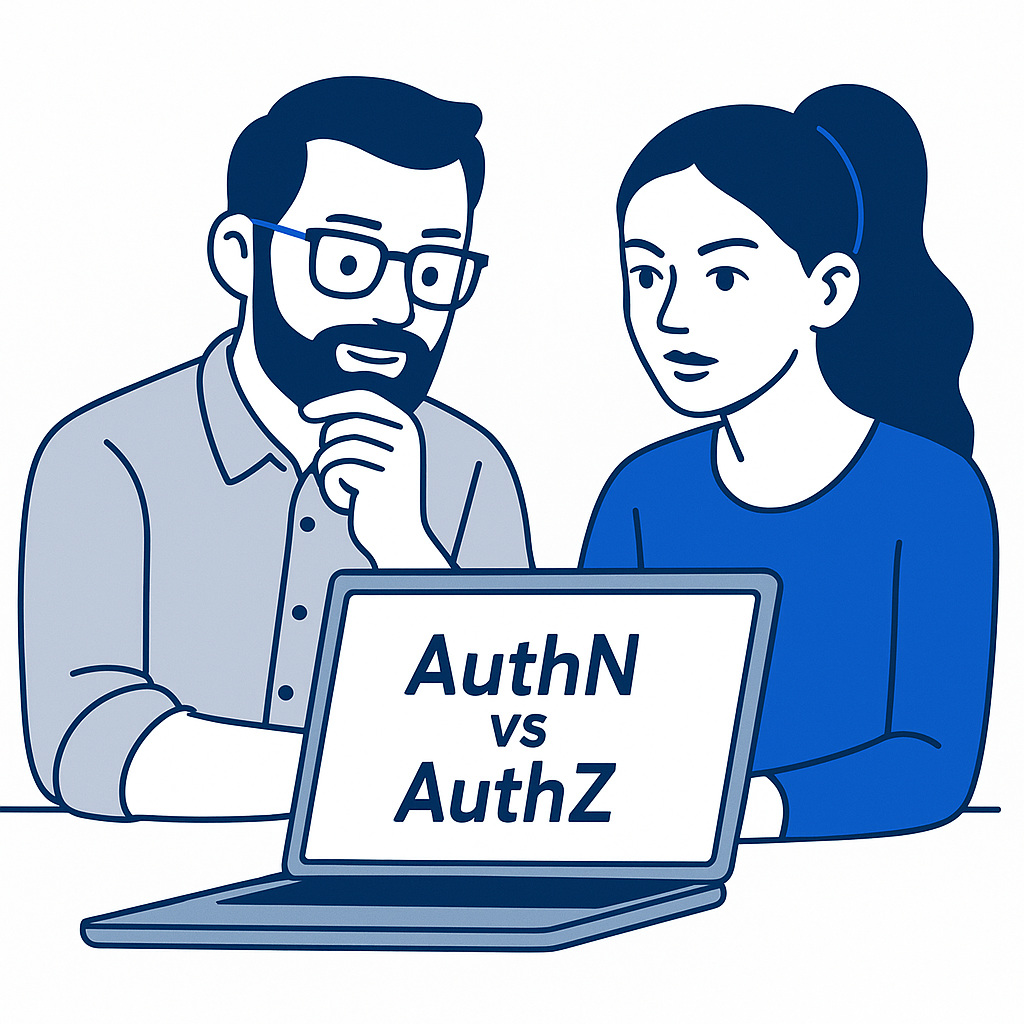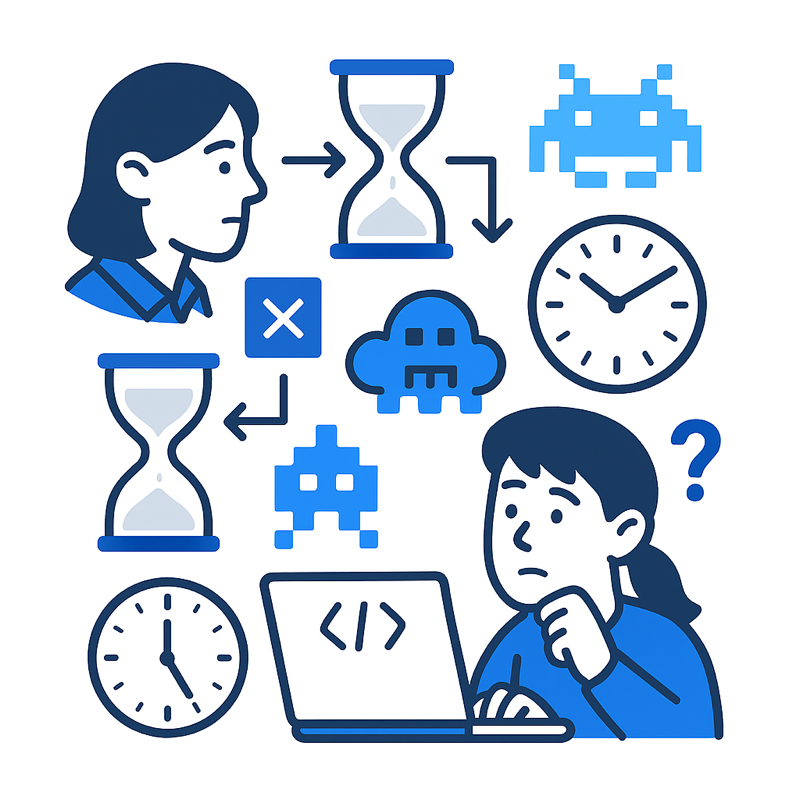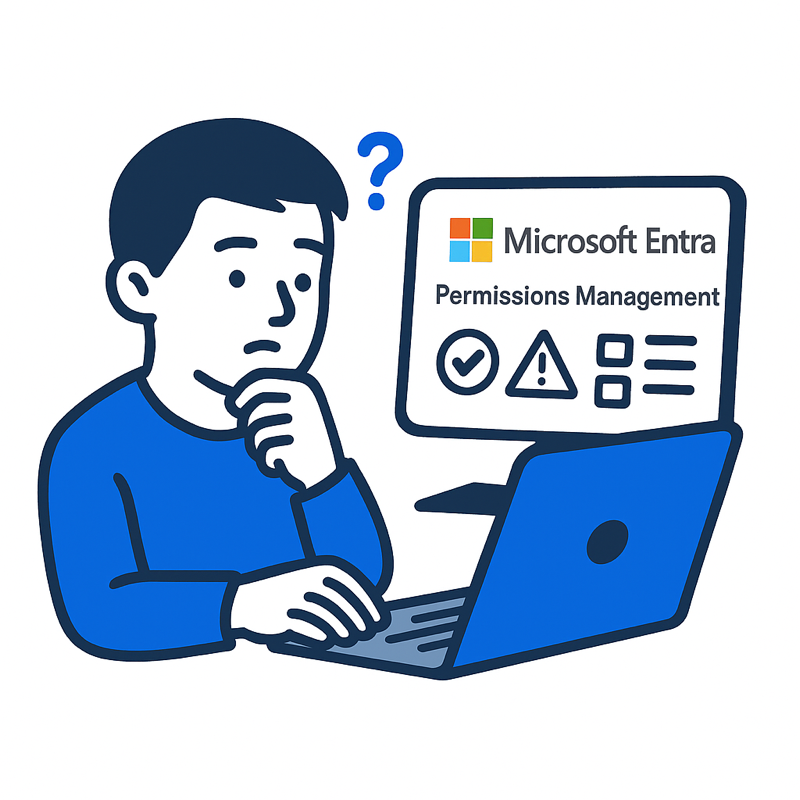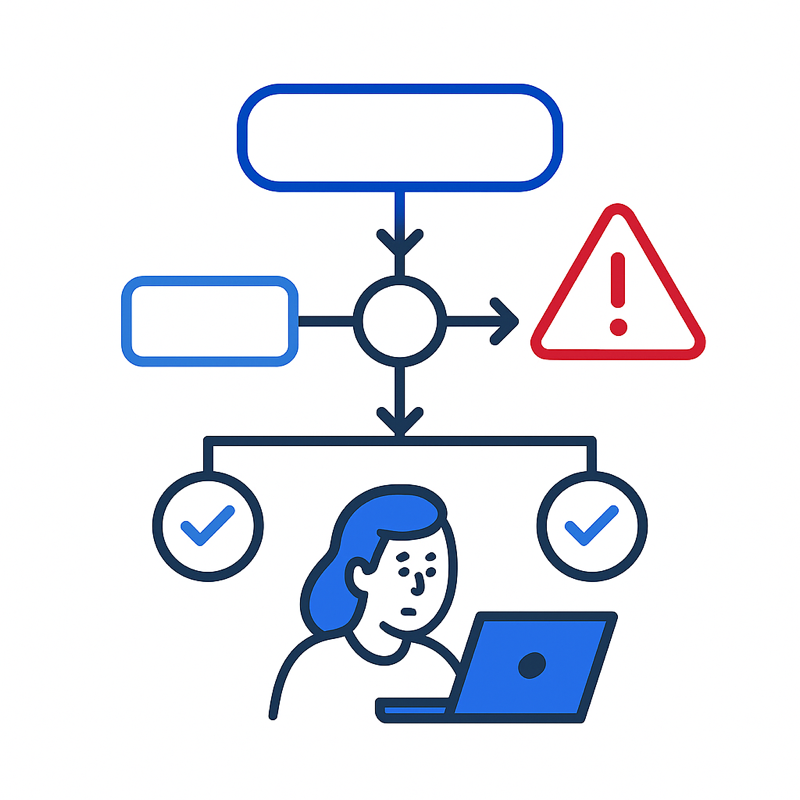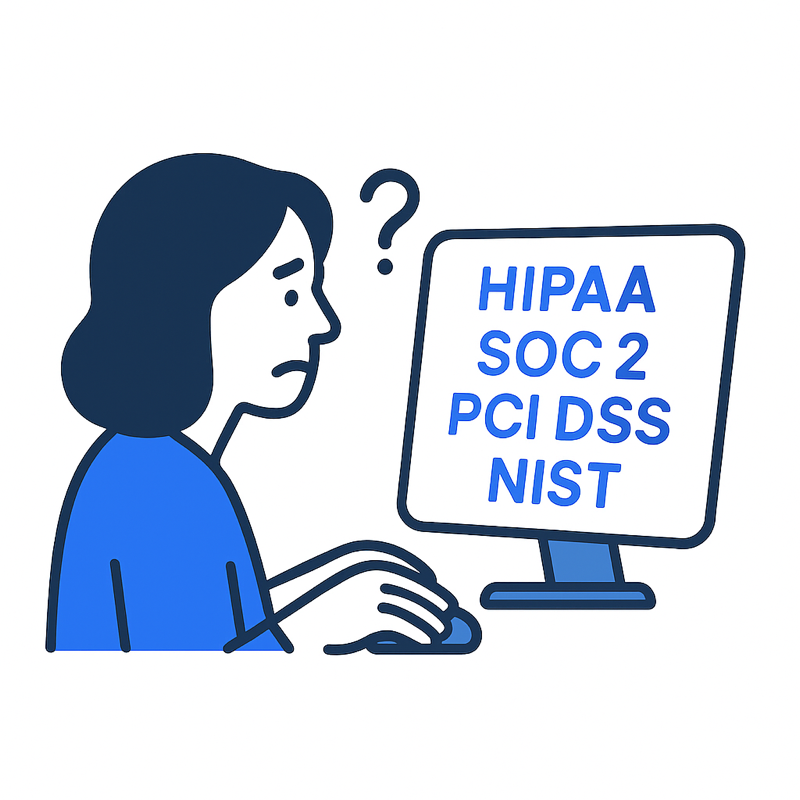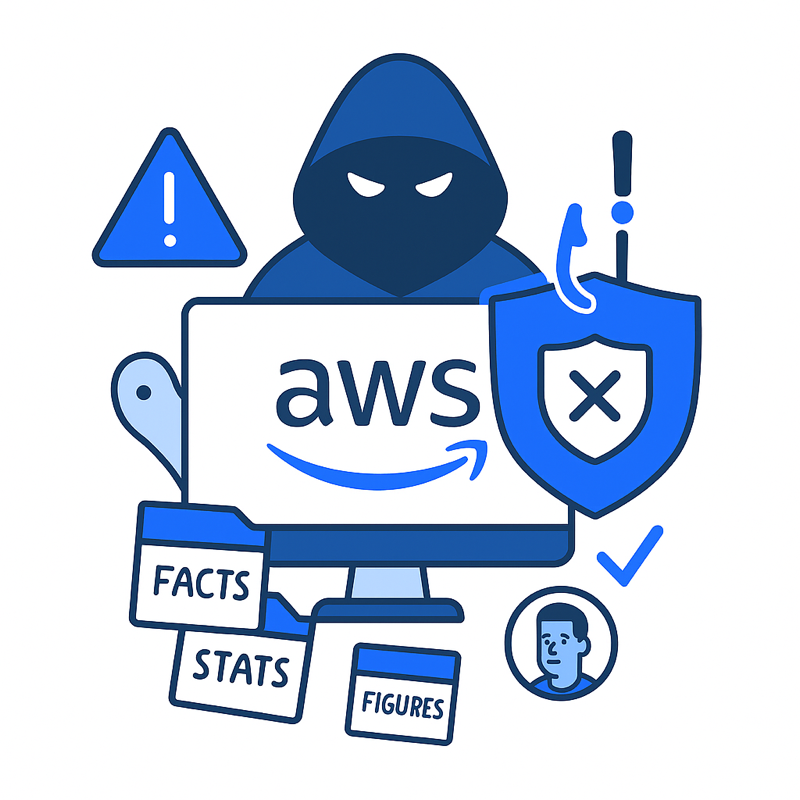Ghosts in the Machine: The High Cost of Orphan Accounts (and How to Banish Them)
There’s a graveyard in your cloud infrastructure. You probably can’t see it, most people can’t, but it’s there, littered with the digital remains of user accounts long since abandoned. Accounts for contractors who finished their gigs two fiscal years ago. Logins for employees who left during the last re-org. Service accounts for apps no one even remembers deploying. Welcome to the haunted world of orphaned accounts.
IT pros know the term, but let’s call it what it is: a glaring security hole disguised as a harmless leftover. And in an age where attackers are as persistent as your mother’s Facebook friend requests, every single one of those ghost accounts is a potential open door.
What Exactly Is an Orphaned Account?
An orphaned account, put simply, is a user or service account that’s still active but no longer tied to an actual, living, breathing user. It could be in Active Directory, your cloud IAM system, a SaaS platform, or even buried deep in your DevOps pipelines. Somewhere along the line, the human or process it belonged to vanished, but the account didn’t.
Sometimes they’re called dormant or ghost accounts. Whatever the moniker, they all have one thing in common: their permissions, access rights, and API keys remain intact. Nobody owns them anymore, but your infrastructure sure thinks they do.
And here’s the kicker: orphaned accounts are incredibly common. Even in organizations with decent offboarding processes, they proliferate quietly, like weeds between paving stones. A contractor’s VPN access never gets revoked. A developer’s AWS keys never get rotated. A marketing intern’s Google Workspace account slips through the cracks. It adds up. Fast.
Why Should You Care?
Two words: security risk. Okay, in three: massive security risk.
Orphaned accounts are a gift to attackers. They’re often overlooked in access reviews, meaning no one’s watching for unusual activity. They might have excessive privileges leftover from when "temporary admin access" was granted and never rescinded. And since the original owner is long gone, there’s no one to notice if something weird is happening.
Real-world breaches routinely trace back to these kinds of accounts. In 2024 alone, a study by a major infosec firm found 27% of cloud breaches involved misuse of dormant credentials—many tied to orphaned accounts. Attackers love them because they don’t trigger the alarms that active user accounts do. Once inside, they move laterally, escalate privileges, and blend in.
There’s also the compliance nightmare. GDPR, HIPAA, SOX, pick your acronym, they all demand strict access controls. Every orphaned account is a violation waiting to happen, creating unauthorized access points to sensitive data.
And let’s not forget the less sexy but still painful issue of wasted resources. Licenses, cloud storage, and system resources get chewed up by accounts no one’s using. Multiply that by dozens or hundreds of ghost accounts, and you’re leaking money while handing out free keys to your digital treasure chest.
Why Aren’t We Fixing This?
Offboarding is hard. People leave organizations all the time. They change roles, get promoted, move to different teams. Contractors come and go. Service accounts pile up as new apps are tested and old ones decommissioned (or forgotten).
Many IT teams rely on manual processes to clean up access. But let’s be real: no one has time to comb through IAM logs line by line, especially in large organizations running multiple cloud platforms. And even if they do, how do you tell the difference between an account that’s truly orphaned and one used so rarely it just looks dormant?
Add in multi-cloud sprawl, hybrid environments, and shadow IT, and it’s no wonder orphaned accounts linger like bad punchlines.
The Case for Zero Standing Privileges
Here’s where things get interesting. If orphan accounts are a problem because they hold standing access, permissions that stick around even when nobody’s using them, what if you just didn’t have standing access at all?
That’s the idea behind the access management strategy of Zero Standing Privileges (ZSP). Rather than handing out long-lived access that’s hard to revoke and even harder to monitor, ZSP grants access just in time and only for as long as it’s needed. When the session ends, the privileges evaporate.
With ZSP, even if an account is orphaned, there are no standing permissions to exploit. No dormant admin rights lying in wait for an attacker. No API keys gathering dust and quietly expiring in some forgotten repo. You’ve cut off the oxygen to an entire category of attacks.
Just-in-Time Access: The Key to Killing Ghosts
A frictionless just-in-time (JIT) access solution is your best friend here. Instead of granting persistent permissions, it provisions access dynamically when a user requests it and deprovisions automatically when the task is done.
This approach helps you:
- Shut down orphaned accounts as a vector because there’s nothing for attackers to grab onto.
- Track misconfigured accounts and over-privileged users over time, surfacing risks before they spiral.
- Rotate and expire keys automatically, so there’s no such thing as an "unrotated key" hanging around after a developer leaves.
And if you’re thinking "sure, but won’t my team hate this?" the answer is no, not if it’s done right. Modern JIT solutions and privileged access management (PAM) is built to minimize friction. Approvals are streamlined, provisioning is fast, and users get what they need without the endless ticket ping-pong that gives IT a bad name.
Ghostbusters
This is where we at Trustle comes in. We built our platform to take the pain out of reaching ZSP across your entire cloud ecosystem. With Trustle, you get automated detection of dormant and orphaned accounts, continuous access reviews that don’t suck up your entire quarter, and seamless JIT provisioning that keeps your teams productive without sacrificing security.
We don’t just help you spot the ghosts. We help you exorcise them, automatically, efficiently, and permanently. "We're ready to believe you."
The Bottom Line
Orphaned accounts aren’t just an administrative annoyance. They’re a ticking time bomb in your security posture, compliance program, and budget. Tackling them means moving beyond manual cleanup and embracing proactive strategies like ZSP and JIT access.
It’s time to stop letting ghost accounts haunt your infrastructure. With the right tools and practices, you can turn your IAM from a liability into a fortress, and finally sleep a little easier at night knowing there are no skeleton keys left under the mat.




